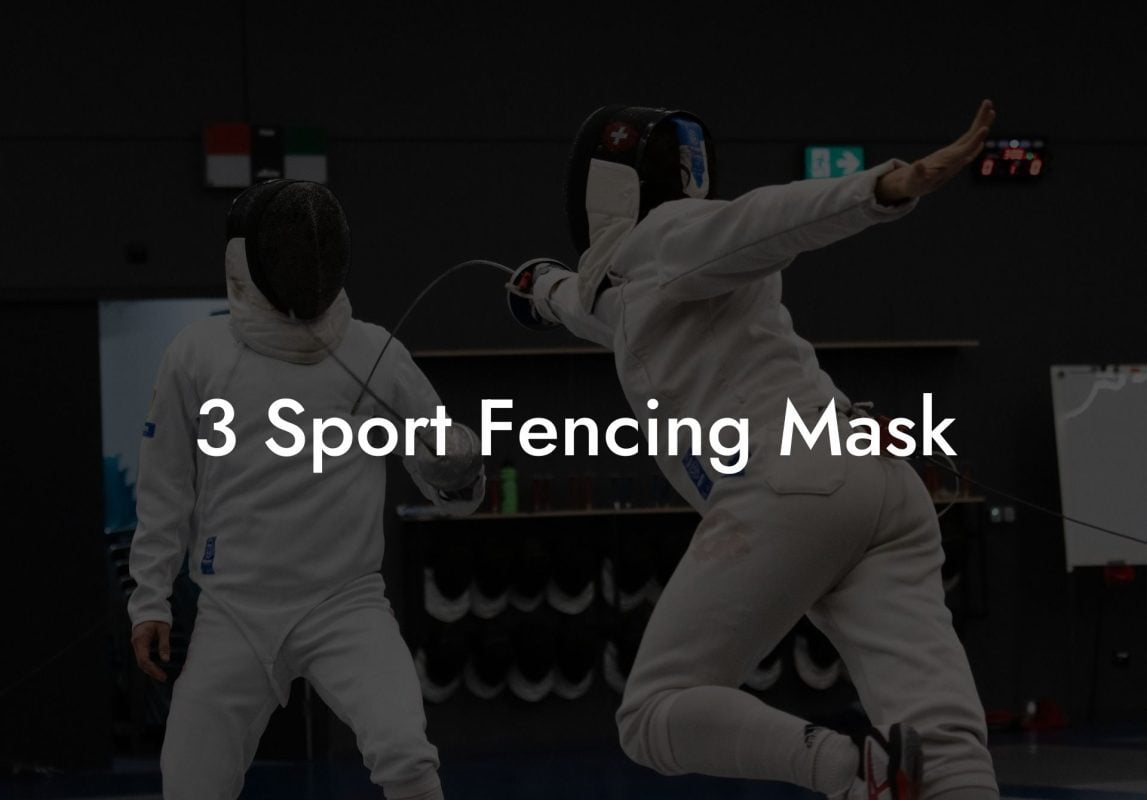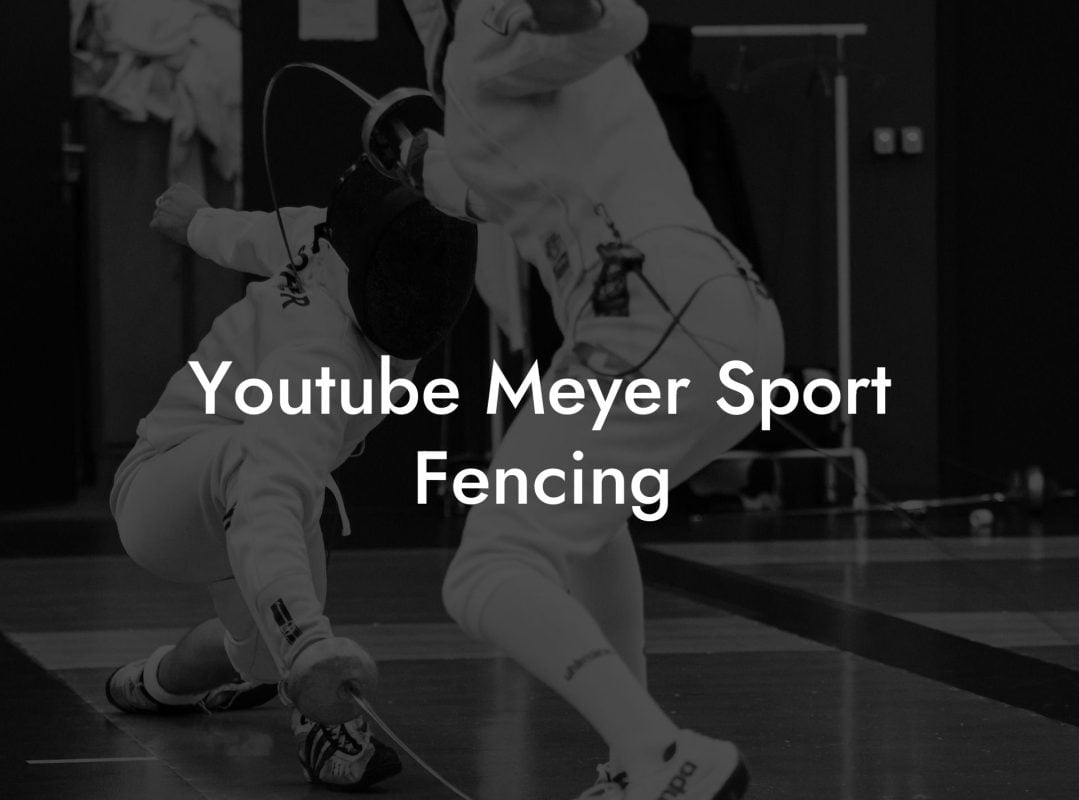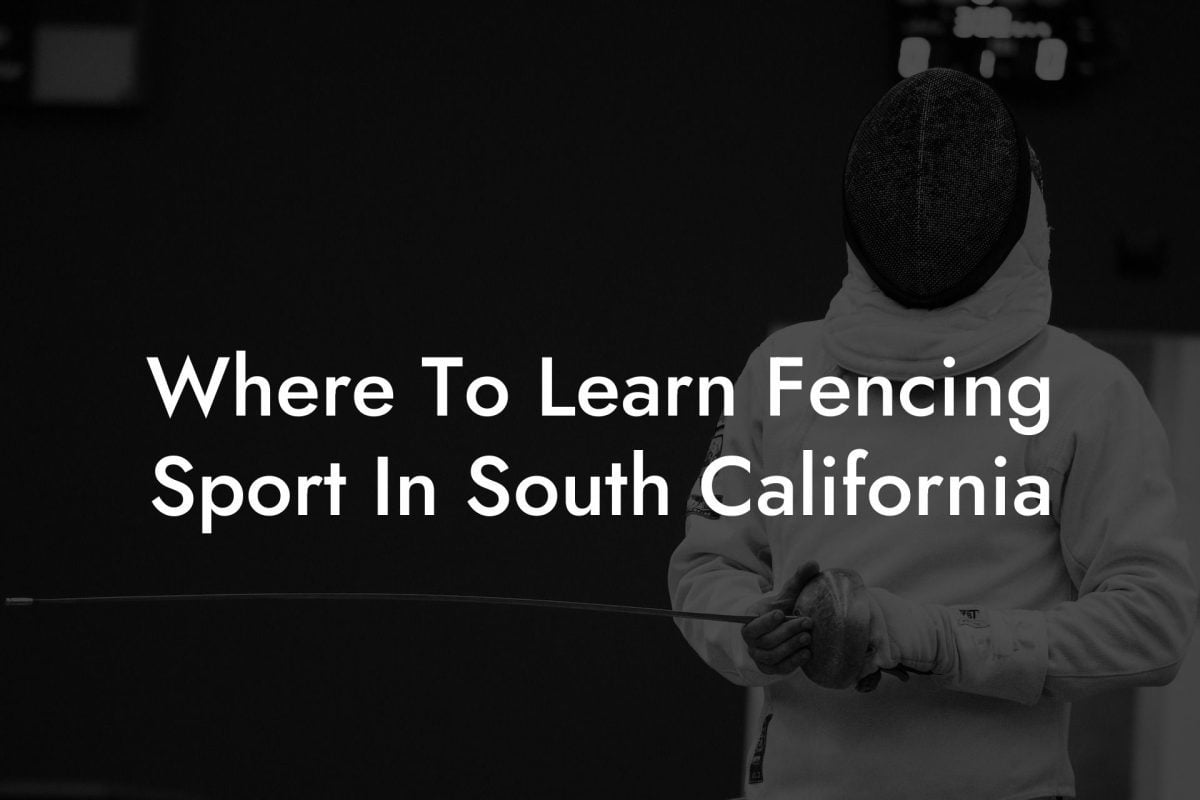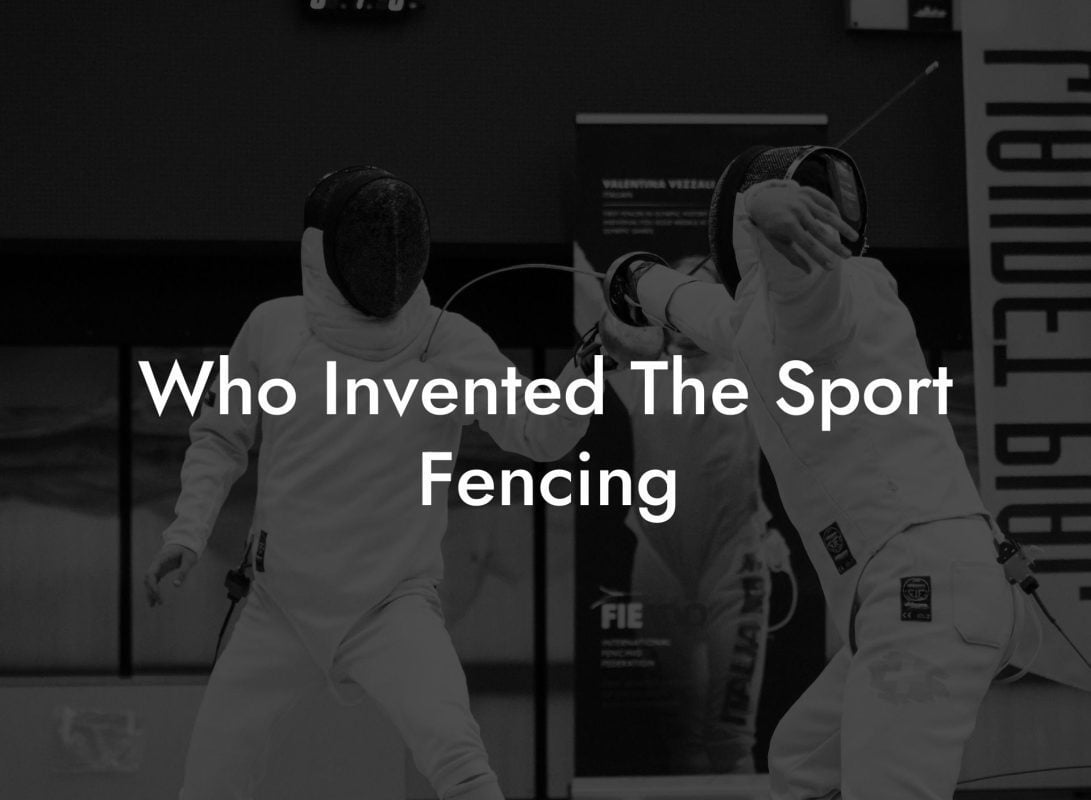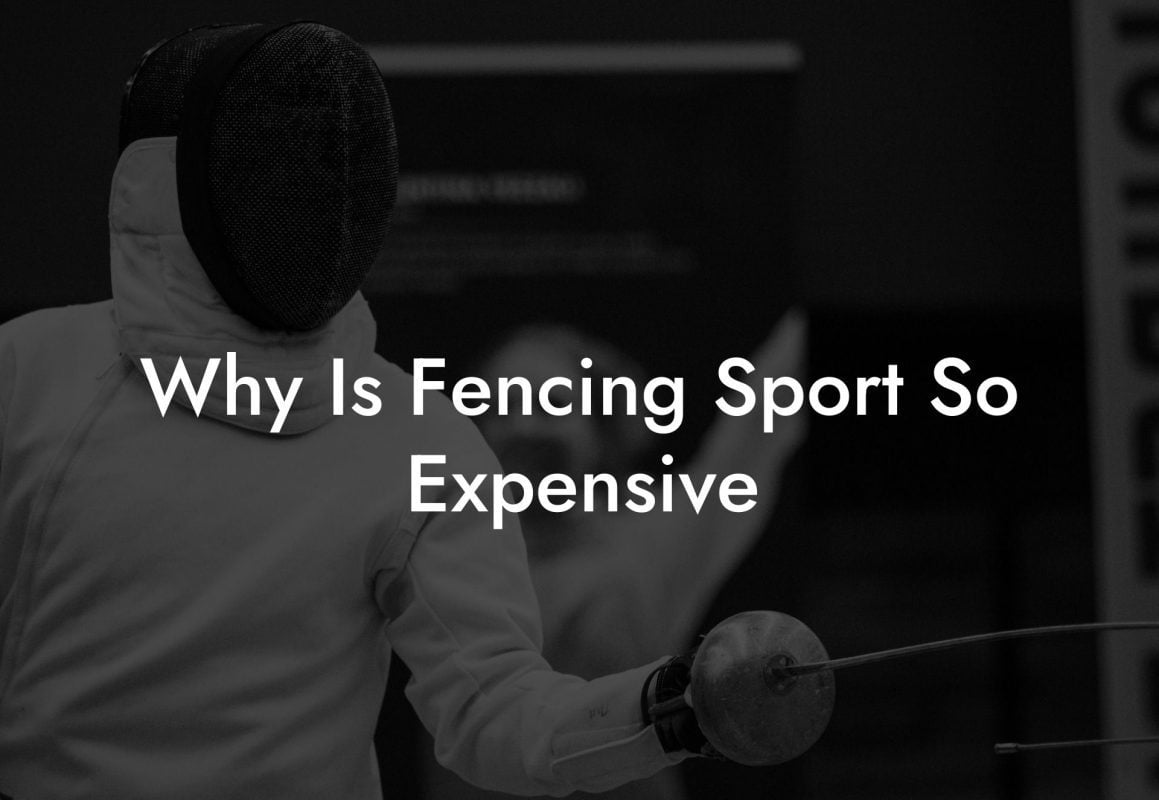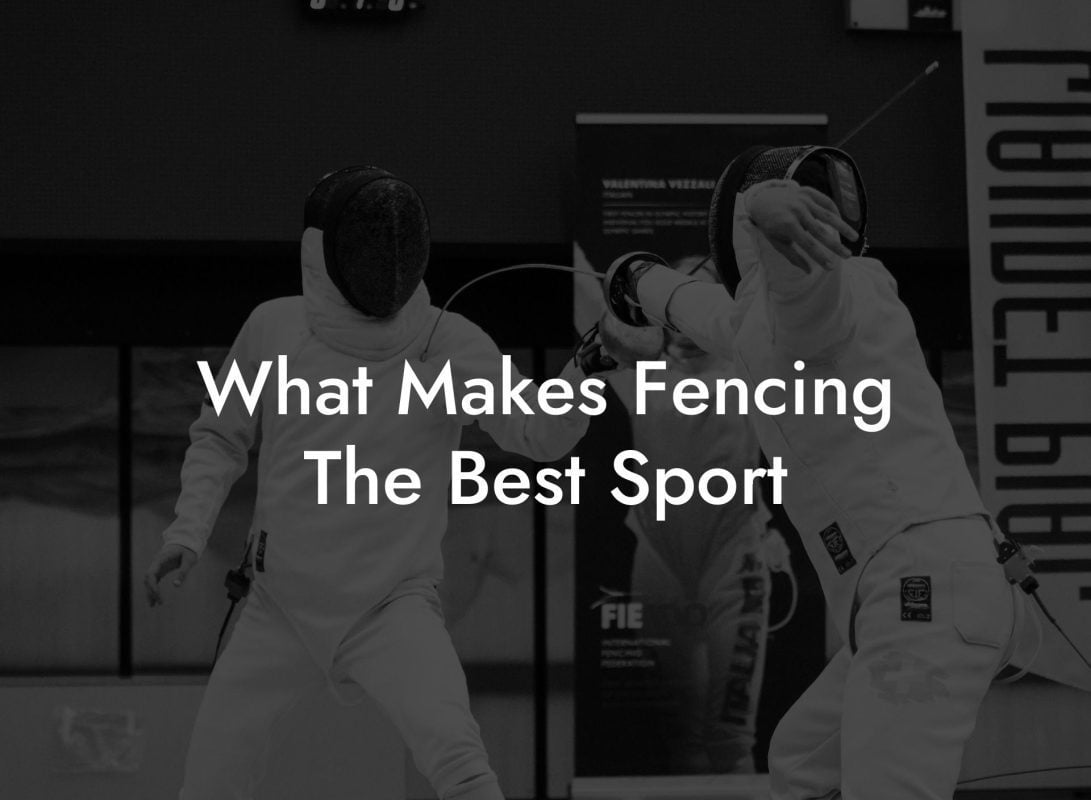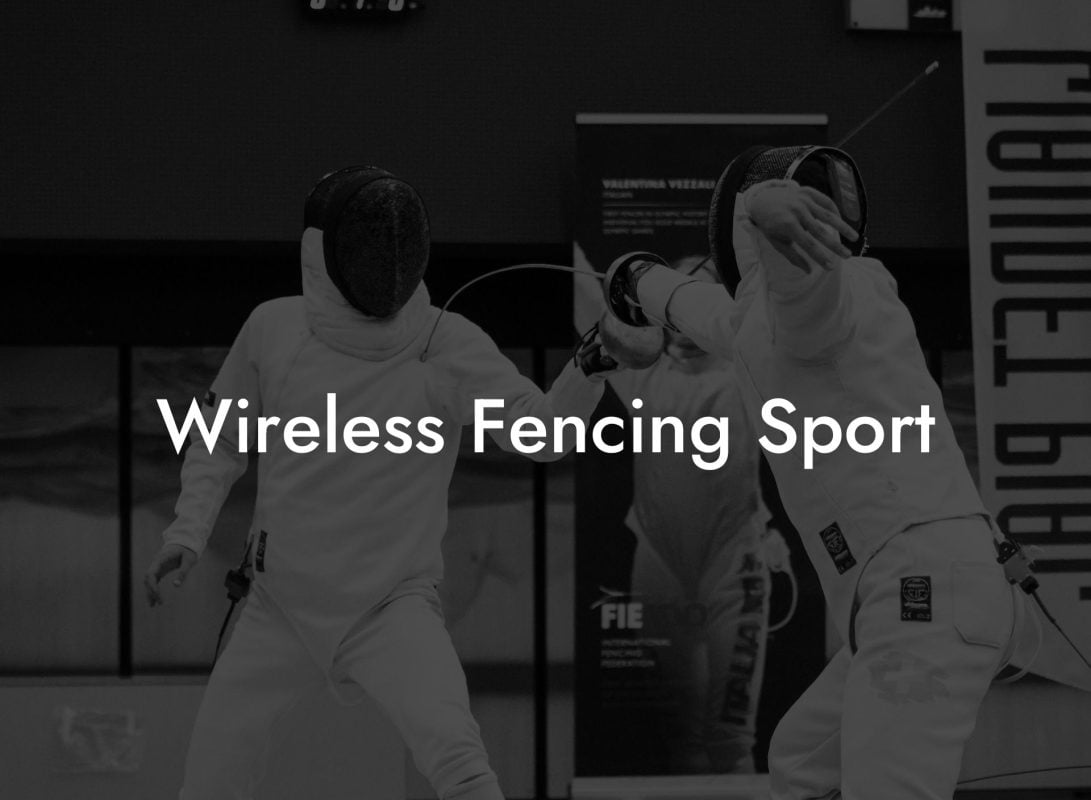If you're passionate about the art of swordplay and are looking for ways to step up your game, then this article is for you! We at Anchorage Fencing Club have put together a comprehensive guide that covers everything you need to know about sport fencing equipment. From protective gear to weapons, this guide will help you make informed decisions when it comes to choosing the best-fitting equipment for your needs. So, let's dive right in and explore the fantastic world of fencing gear.
1. Protective Gear
In fencing, your safety comes first. The sport involves a lot of quick movements and potential contact between athletes. Hence, it's crucial to wear proper protective equipment to minimize the risk of injury.
A. Fencing Mask
The fencing mask is the most vital piece of protective gear. It protects your entire face and neck from potential injuries. The mask comes in different sizes and features a bib that offers additional protection to your throat area.
B. Fencing Jacket
The fencing jacket is a long-sleeved, padded garment that offers ample protection to your upper body. It's made from puncture-resistant fabric and designed to be snug-fitting yet comfortable, allowing for unrestricted movement.
C. Underarm Protector (Plastron)
The underarm protector is a half-jacket worn beneath the fencing jacket on your weapon arm side. It provides an extra layer of protection to the primary target areas, such as the chest and underarm.
D. Fencing Glove
A fencing glove is worn on your weapon hand and provides protection while ensuring a firm grip on your weapon. Gloves are typically padded and come with adjustable straps for a secure fit.
E. Knickers and Long Socks
Fencing knickers are padded, high-waisted trousers that offer protection to the lower body. They should be worn with long socks that cover the gap between the knickers and your fencing shoes.
F. Cup and Chest Protector
Cups and chest protectors provide extra protection to sensitive areas for both male and female fencers. These are usually worn beneath your fencing jacket and plastron.
2. Fencing Weapons
There are three main types of fencing weapons: Foil, Epee, and Sabre. Each weapon has its own unique characteristics and requires specific equipment.
A. Foil
The foil is the lightest and most flexible fencing weapon. It has a thin, flexible blade with a small bell guard to protect the hand. Foil fencers wear a metallic vest called a "lamé" that connects to a scoring machine to register valid touches.
B. Epee
The epee is a heavier and stiffer weapon than the foil. It has a thicker blade with a larger bell guard. Epee fencers do not wear a lamé, as the entire body is a valid target area in epee fencing.
C. Sabre
The sabre is a unique fencing weapon that has a flat, flexible blade. It features a larger guard that covers the knuckles and allows for both cutting and thrusting actions. Sabre fencers wear a metallic jacket called a "lamé" and a special mask with a metallic covering to register valid touches.
Sport Fencing Equipment Example:
Imagine yourself participating in a fencing tournament. You're suited up in your fencing mask, jacket, plastron, glove, knickers, and long socks. You've got your trusted epee in hand, and you're ready to compete. You notice that your opponent is also well-equipped with similar gear. Both of you move, parry, and lunge gracefully, without fear of severe injury because you've chosen the proper protective gear for your sport. This is how the right fencing equipment can enhance safety and performance!
Now that you have a better understanding of sport fencing equipment, it's essential to invest in quality gear that matches your specific needs and preferences. Anchorage Fencing Club provides comprehensive guides and articles to help you discover the perfect fencing equipment for your skill level and discipline. Share this article with other passionate fencers and unite in the exciting and competitive world of fencing. Don't forget to check out our other articles to enhance your fencing knowledge, skills, and experience further.



